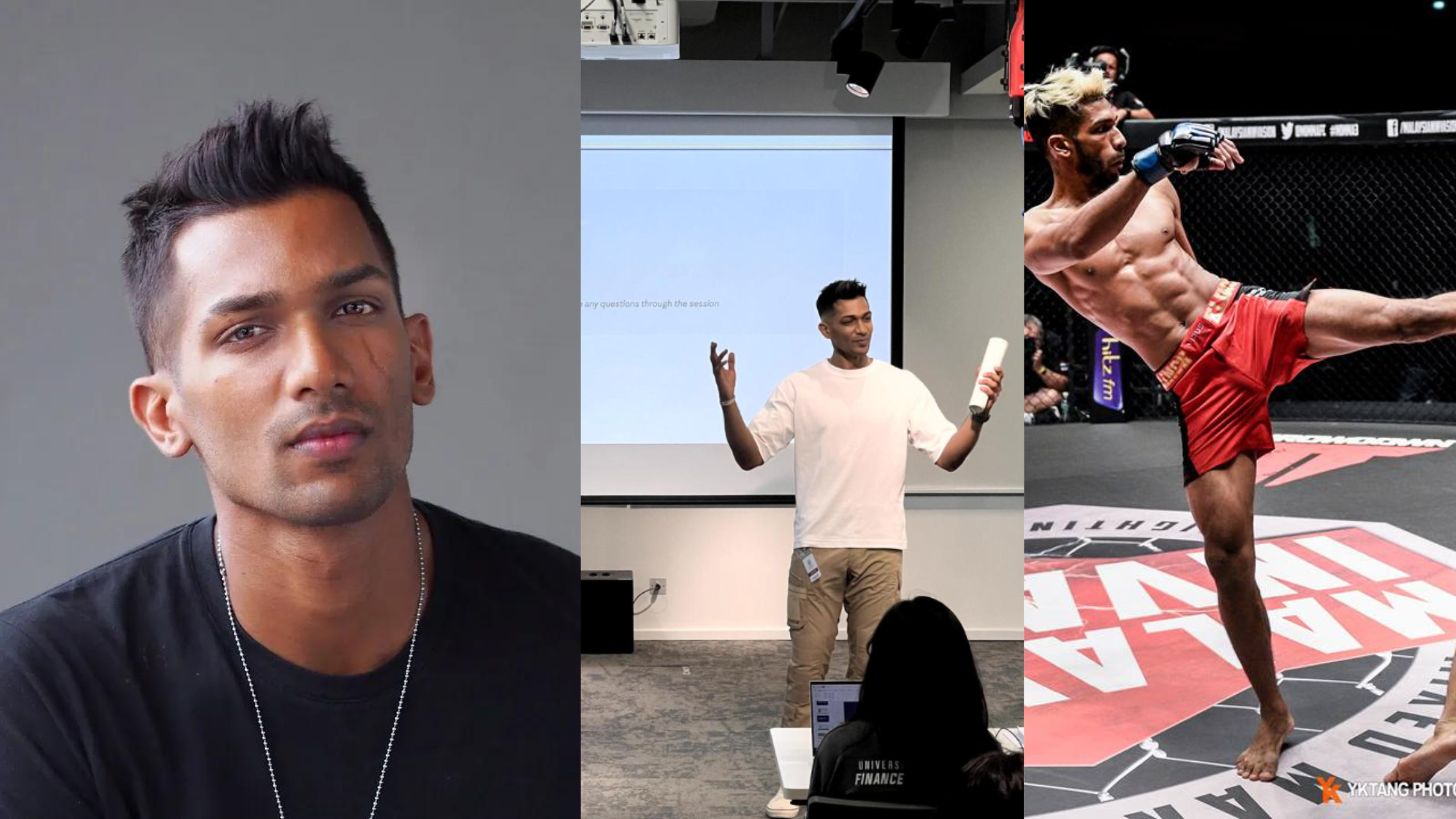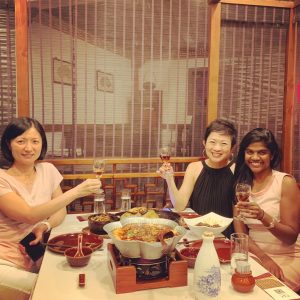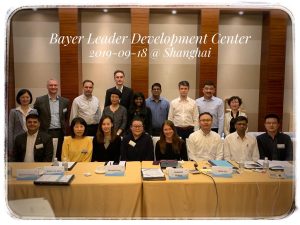The other day, at a Raya open house, I savoured a beautiful kuih lapis. Unlike the traditional pink and white, this kuih lapis was a stunning rainbow of colours. Initially, I was taken aback, preferring the familiar hues of my childhood. However, despite its vibrant appearance, the taste remained the same—a comforting reminder of the kuih I have cherished since I was young. As I enjoyed this colourful twist on a classic favourite, it struck me how much this kuih lapis symbolized the complex, layered journey of female leadership in Malaysia.
Why am I talking about kuih lapis? The layers of this cake, each one delicately stacked, create a complex and rich delight. This delicacy mirrors our journey as female leaders in Malaysia, where each layer symbolizes the challenges and experiences we face daily. Much like peeling back each layer of kuih lapis, savouring the journey, we build our careers, layer by layer, adding depth and richness to our professional lives.
The foundation layer, the most crucial, represents trust. Think about it: we trust that kuih lapis will be delicious despite its appearance, just as we must trust in our own capabilities and potential. In China, women hold only about 19% of executive positions, reflecting deep-rooted scepticism about their leadership abilities. Without trust and belief in a woman’s capabilities, we set her up for failure, doubting her potential before she even begins. This foundational layer is critical, as it sets the stage for everything that follows.
The second layer, often white or a pale colour, symbolizes societal expectations. Women are traditionally seen as caretakers, managing household responsibilities alongside career aspirations. According to UN Women, 40% of women cite balancing these dual roles as a significant stressor. This layer, vibrant yet burdensome, highlights the weight of societal roles women carry both at home and in the workplace. How many times have you felt the tug-of-war between your career and your family, struggling to be superwoman in both arenas?
The third layer marks the beginning of a pattern, representing the misconceptions about women’s suitability for the workplace. Despite their compassionate and empathetic leadership styles, women are often viewed as less committed and ambitious. Career-oriented women frequently face criticism for prioritizing their professional lives, labeled as cold or selfish. These misconceptions create a challenging environment where women must constantly prove their dedication. I’ve seen friends and colleagues judged harshly for choosing to focus on their careers, being told they’re neglecting their “real” responsibilities. And let’s be honest, have you ever noticed how a man is praised for working late, while a woman is questioned about her family priorities?
The fourth layer symbolizes the lack of recognition many female leaders face. I am a petite Asian woman, and I have had my share of scepticism from others, usually older, middle aged men. I recall setting up my laptop for a workshop once morning, when one of the male participants walked in and asked me, so where is the trainer? When I told him, I was delivering the training, he gave me a once over from head to toe. To his credit, after the training, he came up to me to express his appreciation for the learnings he took from it.
The fifth layer, the surprise of flavour and gooey texture in the middle, celebrates the increasing visibility of female leaders who have shattered glass ceilings. Women’s representation in national parliaments across the Asia-Pacific region has grown, from 12% in 2000 to 22% in 2022. This progress, though slow, signifies the strides women are making, gradually claiming their space in boardrooms and organizations. It’s like the triumph we feel when we finally see women in roles we’ve been fighting to reach for so long. But why is this progress still a cause for celebration, rather than the norm?
The sixth layer illustrates the policy changes supporting gender equality. In Japan, initiatives like Womenomics aim to boost female leadership, though progress remains slow. In Malaysia, organizations like Standard Chartered have embraced the Women’s Empowerment Principles (WEPs). However, driving these values requires women to advocate for change, to not stop at enjoying just a few layers but to persevere and support policies that empower others. Remember the times you’ve had to push for fair policies at work, ensuring they benefit not just you but the women who follow? And isn’t it frustrating that we still have to fight for what should be basic rights?
Layer seven is about sharing the recipe—sisterhood and support. Think of the childhood memory of gathering around as your grandmother meticulously layered the kuih lapis batter, each colour a promise of deliciousness. That’s what strong female networks feel like. Groups like the ASEAN Women Entrepreneurs Network (AWEN) provide mentorship and create a support system, much like a secret family recipe passed down through generations. Think about the warmth and strength you feel when supported by a community of women who understand your struggles and triumphs. But how often do we see these networks undermined or dismissed as “women’s clubs”?
The eighth layer, strengthening the foundation, emphasizes education as empowerment. Traditionally, certain educational fields have been less accessible to women. However, more women than ever are attending universities and gaining the training needed to become leaders. This education serves as the perfect foundation, empowering women to navigate professional and personal challenges with confidence. Recall the pride you felt earning your degree, knowing it was the key to unlocking countless opportunities. Yet, why do we still have to prove our worth despite our qualifications?
The final layer, the sweetest, represents advocacy for change. This layer ties everything together, symbolizing the ongoing fight for fair treatment and a more inclusive future. Initiatives like the ASEAN Regional Plan of Action on Women, Peace, and Security (WPS) pave the way for a better future, fostering safer communities and more opportunities for women and girls everywhere. Just like the WPS aims to involve women in peace building efforts, the fight for equality extends to creating a future where our daughters can dream bigger and achieve more. It’s about time we create a world where girls don’t have to wonder if they’re capable but rather what they will conquer next.
Just like the layers of kuih lapis create a delightful treat, the journey of female leadership in Malaysia is rich and layered, each one signifying diverse challenges and achievements. By addressing these layers, we redefine leadership by capability, not gender. Do you savor each layer or enjoy the whole, as every experience enhances our strength and leadership?






















